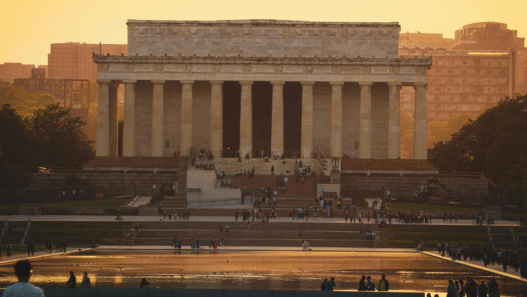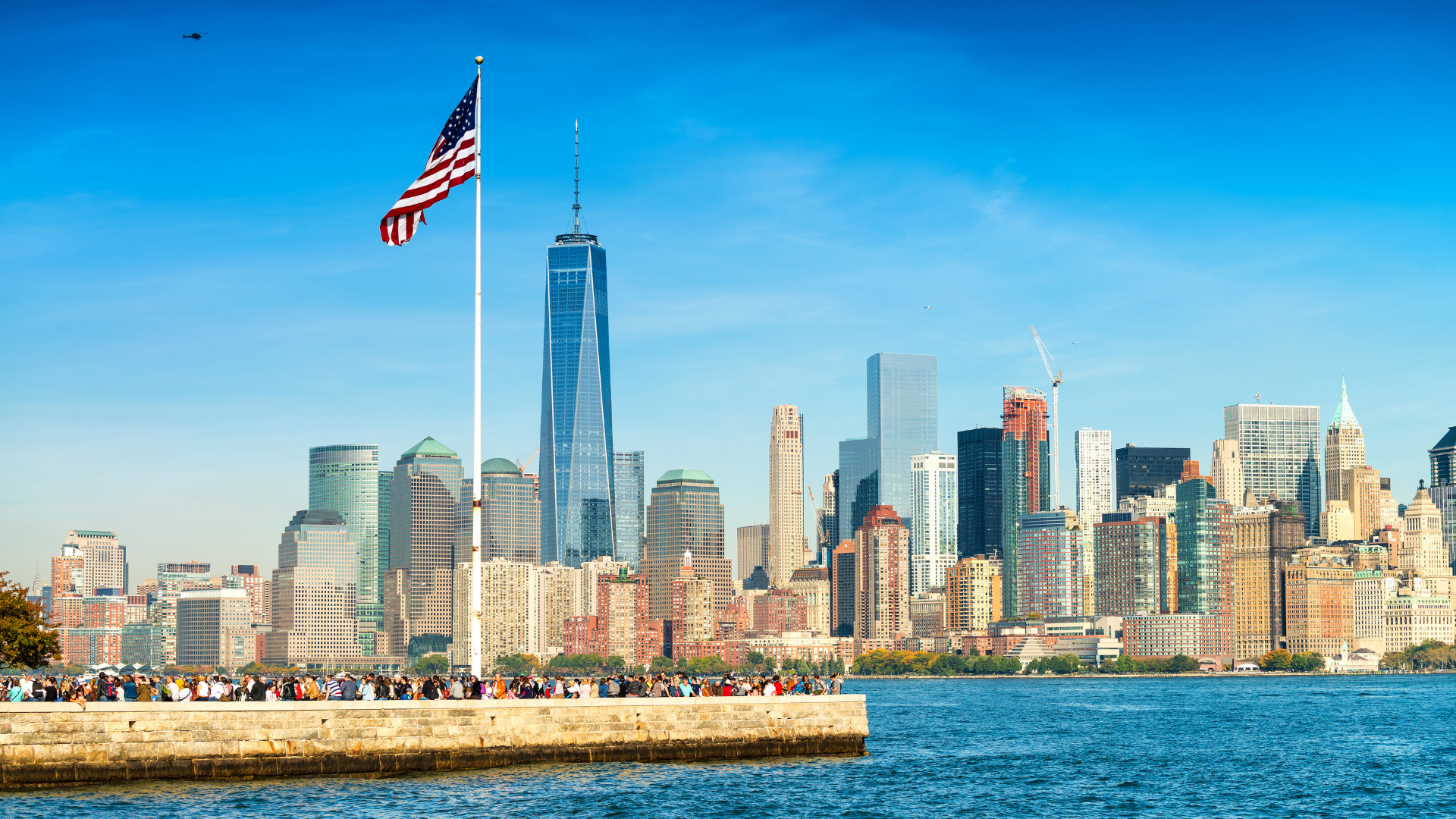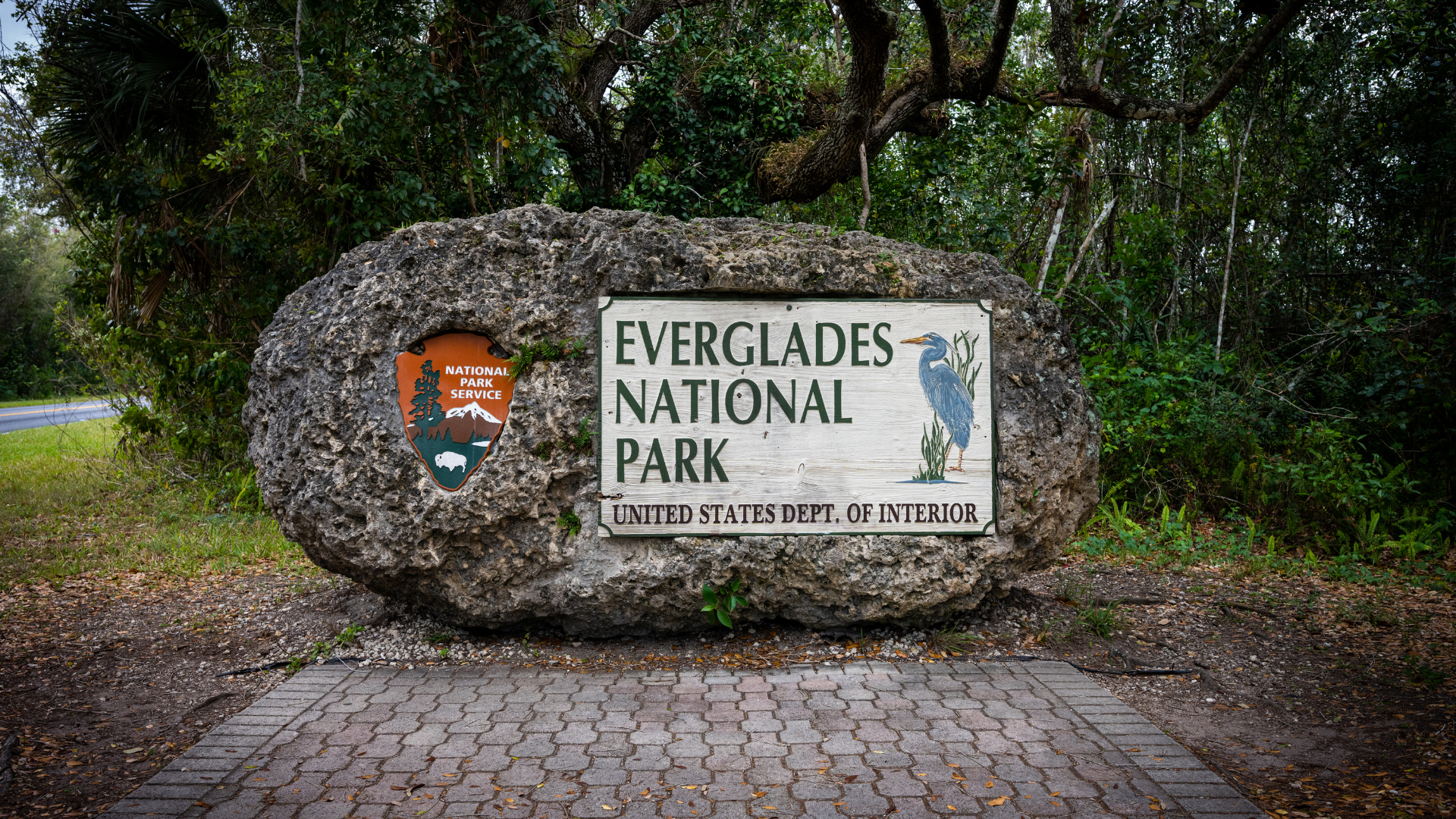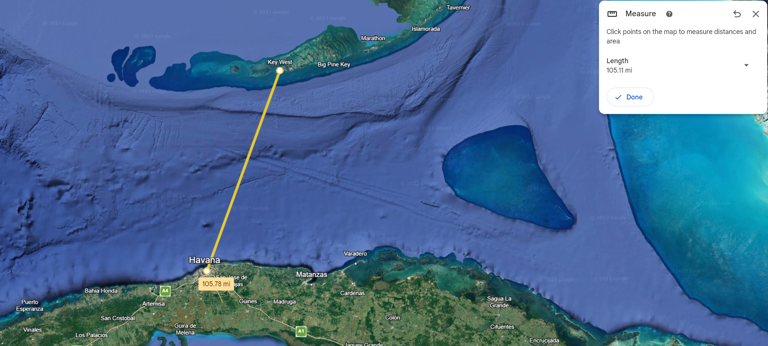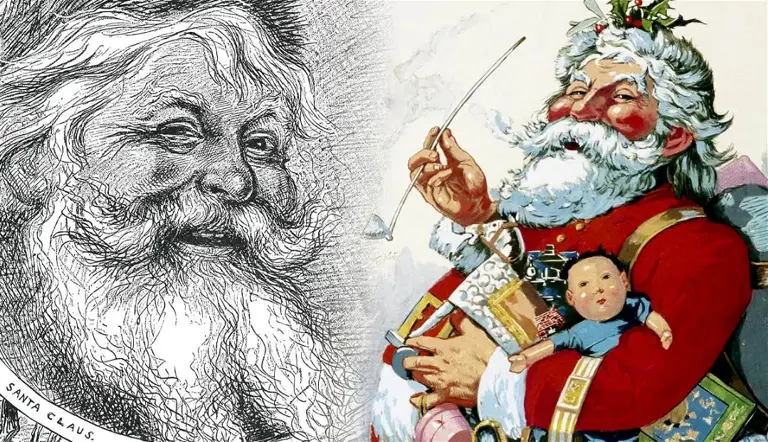Manhattan Island, the bustling heart of New York City, is a symbol of urban dynamism and cultural amalgamation. This small island, only 13.4 miles long and 2.3 miles wide, has a history that spans millennia, showcasing the profound transformations from its indigenous roots to its current status as a global metropolis.
Early Inhabitants and Indigenous Legacy
Long before European settlers arrived, Manhattan was inhabited by the Lenape people. These Native Americans, part of the larger Algonquian-speaking tribes, called the island “Mannahatta,” which means “island of many hills.” They lived in harmony with the land, engaging in fishing, hunting, and farming. Their sophisticated society had a profound connection with nature, evident in their reverence for the land and the waterways surrounding it.
The Lenape people’s way of life began to change dramatically in the early 17th century when European explorers arrived. The first documented European to lay eyes on Manhattan was Giovanni da Verrazzano in 1524, though it was Henry Hudson, an Englishman sailing for the Dutch East India Company, who explored the island extensively in 1609. Hudson’s voyage opened the door for European colonization.
Dutch Colonization and the Birth of New Amsterdam
In 1624, the Dutch West India Company established a trading post on the southern tip of Manhattan, marking the beginning of New Amsterdam. This outpost quickly grew into a bustling settlement due to its strategic location and the lucrative fur trade. In 1626, Peter Minuit famously “purchased” the island from the Lenape for goods worth 60 guilders, often misreported as $24, though the actual transaction value remains a subject of debate.
Under Dutch rule, New Amsterdam was a melting pot of cultures and nationalities, setting a precedent for the diversity that Manhattan would become known for. The settlement featured a mix of Europeans, Africans (both enslaved and free), and indigenous peoples. The Dutch introduced several urban planning innovations, some of which can still be seen in Manhattan’s modern street grid.
The British Takeover and the Rise of New York
In 1664, the English seized New Amsterdam without much resistance, renaming it New York in honor of the Duke of York. The British expanded the city and improved its defenses, but the real transformation came in the 18th century. By the mid-1700s, New York had become one of the most important cities in colonial America, a hub for trade and immigration.
Manhattan played a crucial role during the American Revolution. The island witnessed several key battles, including the Battle of Harlem Heights and the Battle of Fort Washington. After the war, New York briefly served as the capital of the United States from 1785 to 1790. The inauguration of George Washington as the first president took place on Wall Street, cementing Manhattan’s place in American history.
Industrialization and the Gilded Age
The 19th century was a period of explosive growth for Manhattan. The opening of the Erie Canal in 1825 connected New York with the Great Lakes, making it a critical gateway for trade and immigration. The population surged, and the city’s skyline began its vertical ascent with the construction of skyscrapers.
The latter half of the century, known as the Gilded Age, saw immense wealth generated by industrial magnates like John D. Rockefeller and J.P. Morgan. However, this wealth disparity also highlighted the stark contrasts within the city, with opulence juxtaposed against the tenement slums where many immigrants lived.
Modern Manhattan: A Cultural and Economic Powerhouse
The 20th century cemented Manhattan’s status as a global cultural and economic powerhouse. The stock market crash of 1929 and the subsequent Great Depression were dark periods, but the city rebounded with projects like the Empire State Building, which became an enduring symbol of resilience.
Post-World War II Manhattan saw a renaissance in arts and culture, becoming the epicenter of movements like Abstract Expressionism and the Beat Generation. The establishment of institutions like the United Nations Headquarters further solidified its international significance.
Today, Manhattan is home to some of the world’s most iconic landmarks, including Central Park, Times Square, and Broadway. It remains a beacon of opportunity, diversity, and innovation, continuously evolving while retaining the layers of its rich history.


